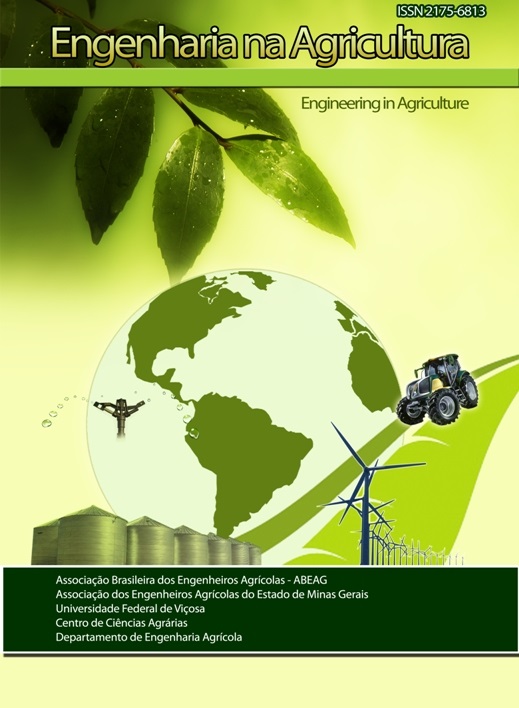WATER DEMAND FOR IRRIGATION OF RURAL COMMUNITIES ASSOCIATED WITH THE SÃO FRANCISCO RIVER INTEGRATION PROJECT
DOI:
https://doi.org/10.13083/reveng.v25i3.748Keywords:
planejamento da irrigação, recursos hídricos, transposição de baciasAbstract
In the Brazilian Semiarid, the São Francisco River Integration Project, besides to its main purposes, will provide water for small irrigation projects that will be installed in traditional rural communities located near its canals. The irrigation planning, with adequate estimates of the crop water requirements, it is essential for management of water resources raised through these canals. The objective of this study was to estimate and evaluate the spatial and temporal distribution of the demands of irrigation in 34 rural communities, both from the point of view of users and the operator of the canal systems, allowing an idea of the necessary water required for irrigations. Water demands vary depending on the length of the growing season, planting season and location. The greatest demand for water for irrigation were observed in communities located in the southern state of Pernambuco, and the month of October, showed the higher demand. The annual gross volume for irrigation communities was estimated at 16.6 million m3 corresponding to 11.9 million m3 for the communities located along the North axis canals, and 4.7 million m3 for the East axis canals of the São Francisco River Integration Project.Downloads
Downloads
Published
How to Cite
Issue
Section
License
Authors who publish with this journal agree to the following terms:
The author(s) authorize(s) the publication of the text in the journal;
The author(s) ensure(s) that the contribution is original and unpublished and that it is not in the process of evaluation by another journal;
The journal is not responsible for the views, ideas and concepts presented in articles, and these are the sole responsibility of the author(s);
The publishers reserve the right to make textual adjustments and adapt texts to meet with publication standards.
From submission, the author is fully conceding the paper's patrimonial rights to the publication, but retaining the owner of its moral rights (authorship and paper's identification) according to Creative Commons Attribution-Noncommercial.








 Licensed by
Licensed by 